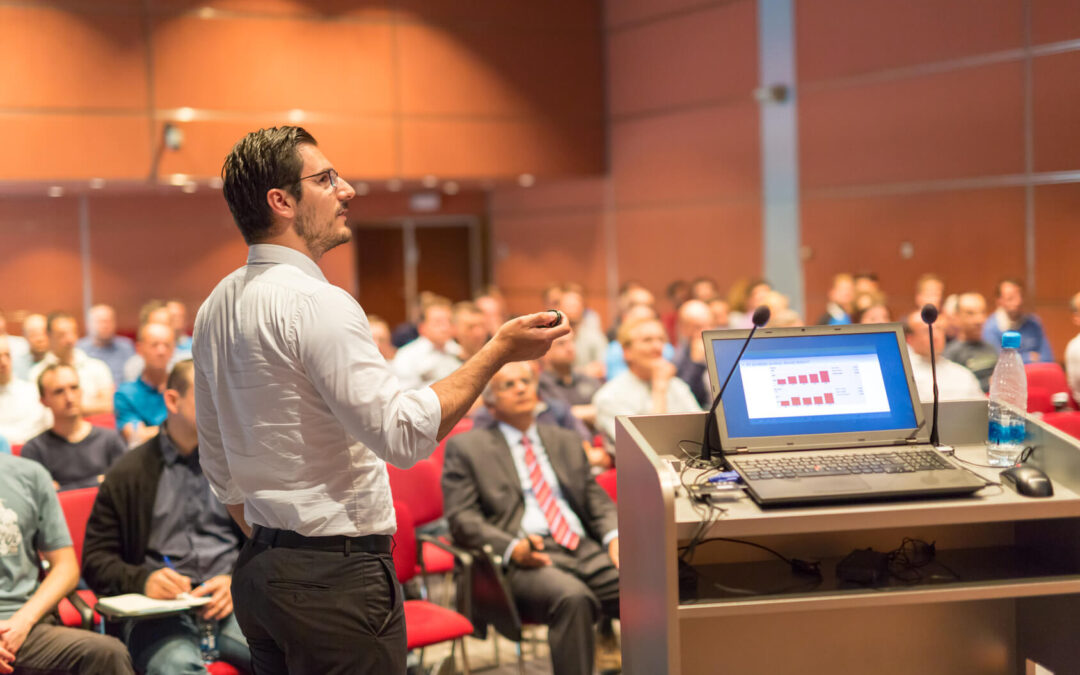
by levi_hb | Oct 17, 2019 | Meetings Industry
Success can sometimes be a matter of perspective. An event that fails to generate immediate cash returns could seem like a failure from a sales perspective, but if it generates a ton of targeted leads, it may be a smashing success from the marketing team’s...

by levi_hb | Mar 6, 2019 | The American Meetings Network
Meet our Prime Supplier: Marty Bear, President at PMSI Promos. Our Prime Supplier Member of the month, PMSI Promos joined The American Meetings Network as Prime Supplier in 2018 and they are already seeing the benefits of becoming a Prime Member Supplier in The...

by levi_hb | Mar 6, 2019 | Technology, Uncategorized
Click here to download info-sheet. We all love to travel, but travelling can be expensive, between attendee flights and accommodations often event owners may have to reduce the number of invitees due to costs constraints. Incorporating a virtual component as part of...

by levi_hb | Dec 12, 2018 | Attendee marketing
The world is shrinking as connections are more easily made. We are increasingly becoming a global market in which the old boundaries between our worlds are blurred. Certainly, the growth of online and mobile technologies over the last few decades has made it easier...

by levi_hb | Dec 4, 2018 | Networking
There are significant differences between the generations now participating in the working world, from millennials to Gen Xers, to baby boomers. Each generation has its own ideals, expectations, proclivities, and modes of operating, and sometimes, they are at odds...






